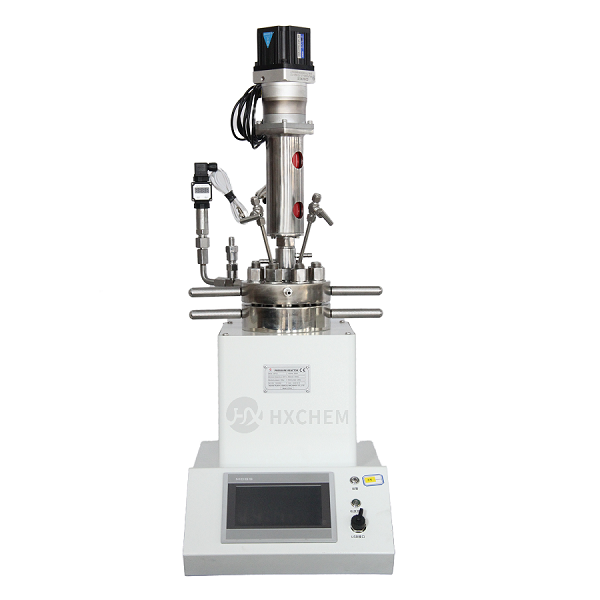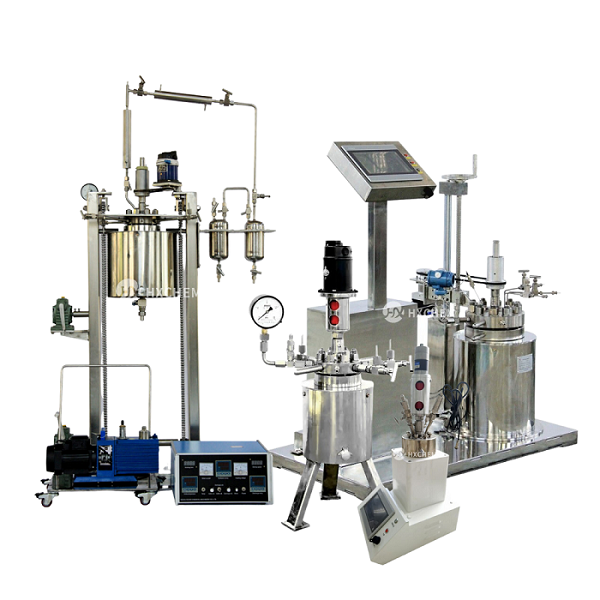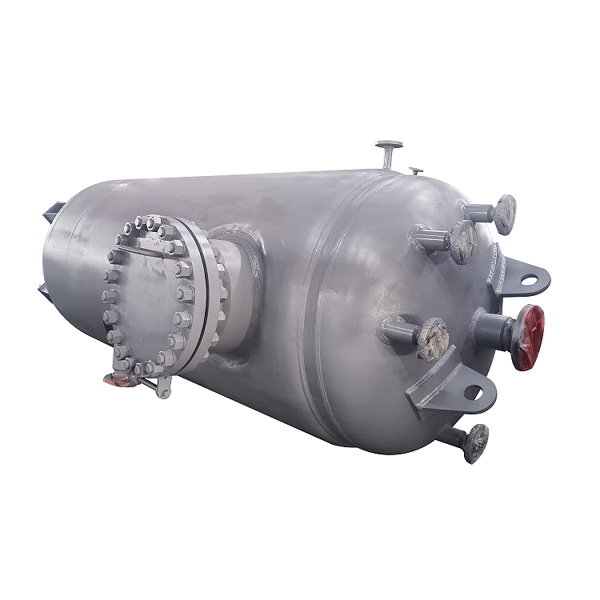Product recommendation
Pressure vessel operate factors
HXCHEM designs and fabricates ASME coded and non-coded pressure vessels in the China.
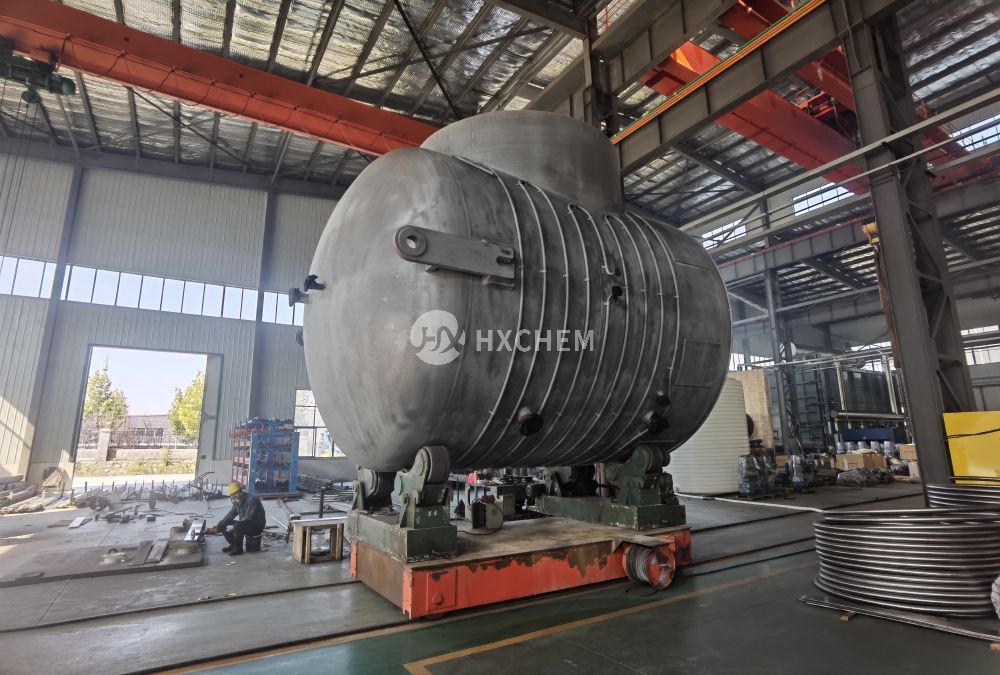
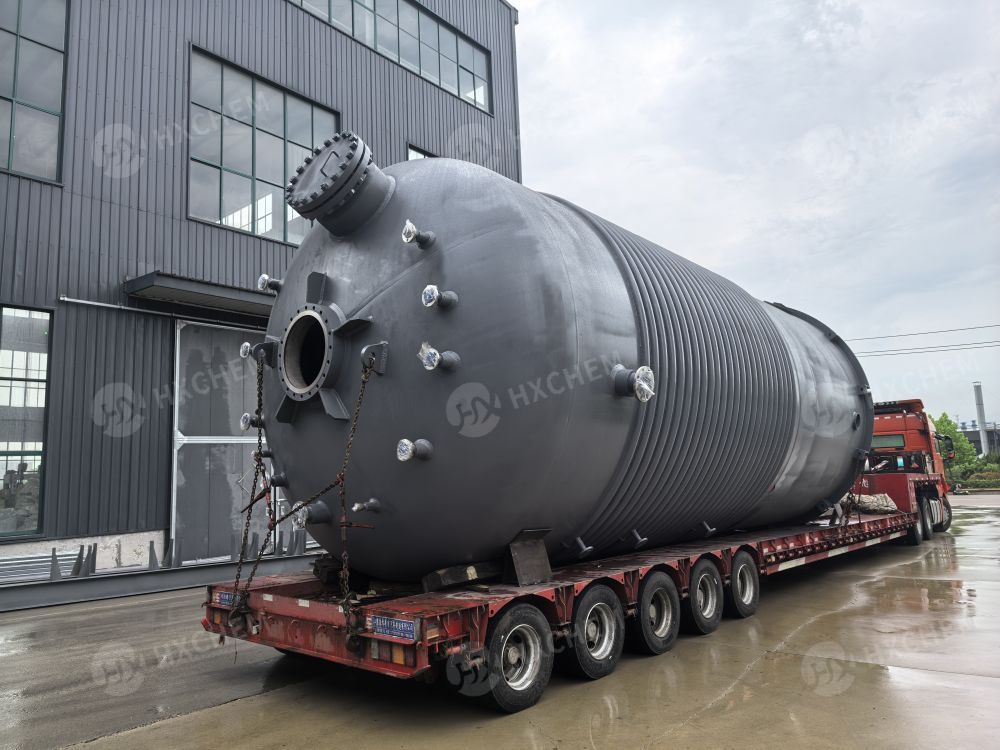
1. Stress
The pressure of a pressure vessel can come from two aspects, one is that the pressure is generated (increase) outside the vessel, and the other is that the pressure is generated (increase) inside the vessel.
High working pressure, usually refers to the high pressure that may appear at the top of the container under normal operating conditions.
The design pressure refers to the pressure used to determine the thickness of the vessel shell at the corresponding design temperature, that is, the vessel design pressure marked on the nameplate. The design pressure value of the pressure vessel shall not be lower than the high working pressure; When the static pressure of the liquid column of the pressure component reaches 5% of the design pressure, the sum of the design pressure and the static pressure of the liquid column shall be used for the design calculation of the part or component; the pressure vessel equipped with a safety valve shall not have the design pressure Lower than the opening pressure or burst pressure of the safety valve. The design pressure of the vessel should be determined in accordance with the corresponding regulations of GB 150.
2. Temperature
Metal temperature refers to the average temperature of the pressure components of the vessel along the thickness of the section. In any case, the surface temperature of the component metal shall not exceed the allowable use temperature of the steel.
Design temperature refers to the high or low temperature that the shell wall or component metal may reach under the corresponding design pressure under normal operating conditions. When the temperature of the shell wall or component metal is lower than -20℃, the design temperature shall be determined according to the low temperature; otherwise, the design temperature shall be selected according to the high temperature. The design temperature value shall not be lower than the high metal temperature that the component metal may reach; for the metal temperature below 0 ℃, the design temperature, The vessel design temperature (that is, the design medium temperature marked on the vessel nameplate) refers to the design temperature of the shell.
3. Medium
There are many types of media involved in the production process, and there are also many classification methods. Classified according to the state of matter, there are gases, liquids, liquefied gases, simple substances and mixtures, etc.; according to chemical characteristics, there are four types: flammable, flammable, inert and combustion-supporting; according to their degree of toxicity to humans, they can be divided into hazards (I ), high hazard (Ⅱ), moderate hazard (Ⅲ), and mild hazard (IV).
Flammable medium: refers to the gas whose lower limit of explosion mixed with air is less than 10%, or the difference between upper limit and lower limit of explosion is greater than or equal to 20%, such as monomethylamine, ethane, ethylene, etc.
Toxic media: The "Pressure Vessel Safety Technical Supervision Regulations" (hereinafter referred to as "Containment Regulations") divide the toxicity of media into four levels according to GB 5044 "Classification of Occupational Exposure Toxicant Hazards". The high allowable concentrations are: hazard (level I) <0.1 mg/m3; high hazard (level II) 0.1 ~ <1.0 mg/m3; moderate hazard (level III) 1.0 ~ <10 mg/m3; light Degree of hazard (level 1V) ≥10 mg/m3.
When the medium in the pressure vessel is a mixed substance, the composition of the medium and the classification principle of toxicity or flammable medium should be determined by the process design department of the design unit or the production technology department of the user unit to determine the degree of toxicity of the medium or whether it is flammable medium.
Corrosive media, petrochemical media have corrosion resistance requirements for pressure vessel materials. Sometimes because of impurities in the medium, the corrosiveness is aggravated. The types and properties of corrosive media are different, and the process conditions are different, and the corrosiveness of the media is also different. This requires that when selecting materials for pressure vessels, in addition to meeting the mechanical performance requirements under the conditions of use, it must also have sufficient corrosion resistance, and take certain anti-corrosion measures when necessary.



